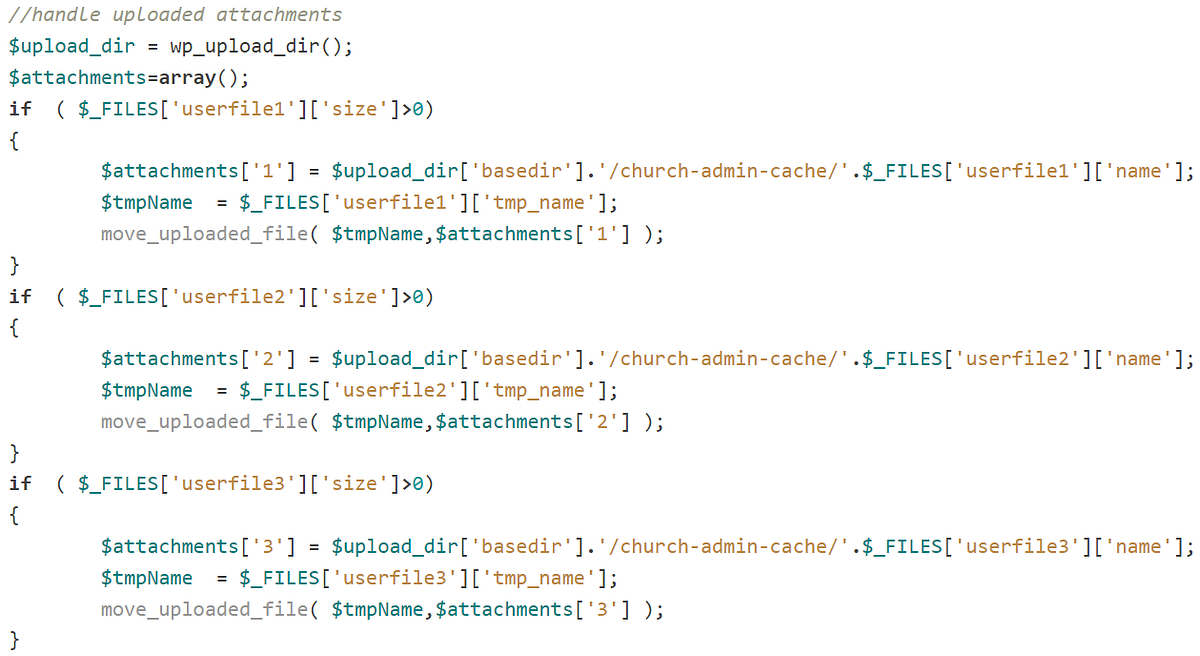BOOK THIS SPACE FOR AD
ARTICLE ADIn our interconnected world, where information flows seamlessly through digital channels, the risk of cyber threats has never been more pronounced. One of the most insidious forms of attacks is the Man-in-the-Middle (MitM) attack, a method employed by cybercriminals to intercept and manipulate communication between two parties. This article aims to shed light on what Man-in-the-Middle attacks are, how they work, and most importantly, how individuals and organizations can protect themselves against this evolving threat.
Defining Man-in-the-Middle Attacks →
A Man-in-the-Middle attack occurs when a malicious actor positions themselves between two communicating parties, intercepting and potentially altering the data exchanged. This can take place in various forms, such as on public Wi-Fi networks, compromised routers, or even through malware-infected devices. The goal is to eavesdrop on sensitive information, including login credentials, financial data, or personal communications.
Common Techniques Employed by Attackers →
Packet SniffingCybercriminals use specialized tools to intercept and analyze data packets traveling between the sender and receiver. This enables them to extract sensitive information without the parties involved being aware.2. Session Hijacking
Attackers aim to steal an active session token, allowing them to impersonate a legitimate user. This can result in unauthorized access to sensitive accounts or systems.3. DNS Spoofing
By manipulating the Domain Name System (DNS), attackers redirect users to fraudulent websites that appear legitimate. Victims unknowingly enter sensitive information, falling prey to the attackers’ schemes.4. SSL Stripping
This technique involves downgrading a secure connection (HTTPS) to an unencrypted one (HTTP), making it easier for the attacker to intercept and manipulate the data without detection.Real-world Examples →
Wi-Fi EavesdroppingPublic Wi-Fi networks are common hunting grounds for MitM attackers. Users accessing sensitive information on unsecured networks risk having their data….png)
 4 months ago
41
4 months ago
41 














 Bengali (Bangladesh) ·
Bengali (Bangladesh) ·  English (United States) ·
English (United States) ·